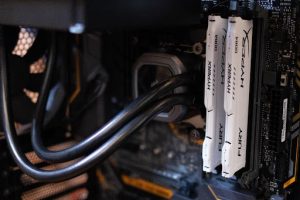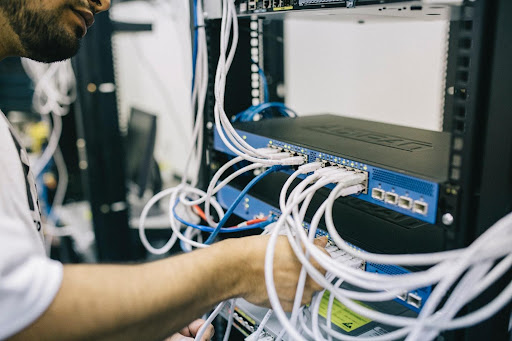Servers and related equipment are unfortunately getting more expensive. If you’re shopping around for an upgraded system, or even a new one altogether, the sticker shock can be pretty staggering. You’ve probably seen price tags that range from $5000 all the way to $20,000! That’s a lot of money to spend on anything, but can be an even worse feeling if you’re buying something you need for your business – like a server. Your business needs good IT capability, and servers are the crucial building block on which your entire IT prowess is built.
But why are they so expensive in the first place? Understanding the factors that influence the price is essential to understanding what your business needs. There are steps you can take to get the best server prices, such as shopping at reputable dealers. Still, it helps to know exactly why these things can get so expensive. Technology of any kind can get pretty high in price, and you generally get a good return on investment for servers.
Global Supply Chain Problems
The elephant in the room is that technological components are becoming more difficult to get your hands on. Thanks to the COVID-19 pandemic that started in 2020 and continues to cause problems to this day, specific commodities are becoming rarer on the market – for example, precious metals use in technological components essential to servers. (ranwhenparked.net) This has caused problems for all tech sectors in the market, and affects more than just server prices. Consider the case of the Sony Playstation 5. While the console debuted on the market on November 12, 2020, and was highly anticipated as the next generation of gaming, supply chain problems resulted in a greatly diminished production. The supply is significantly lower than the demand for the console, which is still hard to get today. As you can see here, market experts don’t expect the console to be available in regular quantities until at least 2024.
The whole debacle is unfortunate for gamers, but devastating for businesses. Your company might not have much use for a Playstation 5, but component shortages are indiscriminate in what they affect, and those shortages have driven up tech prices. The sad truth is that you can’t do much to mitigate these factors personally. Nothing short of solving global supply chain breakdown will drive these prices down to pre-COVID levels, and if your company can do that then by all means hop to it! Otherwise, your only option is to be smart in how you shop.
What Kind of Server Do You Need?

If you can’t fix the supply chain, you can at least know what you need to avoid overpayment. The three most common types of servers, and the three kinds you’ll want for your business, are the tower, the rack, and the blade. Research is your best friend, and you can find a more complete understanding of the topic at https://www.serverwatch.com/hardware/blade-servers-vs-rack-servers/, but this article is a good starting point. Knowing how the three kinds of common server work will help you pinpoint what your business needs.
If your business is on the smaller side and you don’t need a massive amount of computing power, a tower server is perfect for you. They closely resemble desktop computers, and despite their small size they’re pretty powerful. They cost less than their brothers, and their more compact size makes them extremely space efficient. This is perfect for your business if you need IT as an auxiliary function and you don’t rely on it for all levels of your operation, and if your computational needs are minimal compared to other industries.
The rack is the most popular choice for mid-sized businesses. Racks are made of several computers placed horizontally on rack – hence, the name. Generally, rack setups are great for businesses that need fewer than ten servers but definitely more than one. The downside to racks is space, as they tend to be bulky and require dedicated areas (or rooms), but you get great efficiency and powerful computation capabilities in return. They’re easy to manage and extremely reliable.
If your company is firing on all cylinders for IT capability, look no further than the blade system. These high-tech wonders are basically a chassis into which individual servers – called blades – are slotted vertically. Each blade is essentially a server unto itself, and the system’s power is supplied by the chassis. This makes the system capable of something called hot swapping, or replacing one blade with another without powering down the whole thing. There are fewer cables to manage as well. The setup is power efficient and easily the fastest of the three systems. While blade systems are more expensive than the other two, they’re absolute must-haves for big businesses with big needs.

